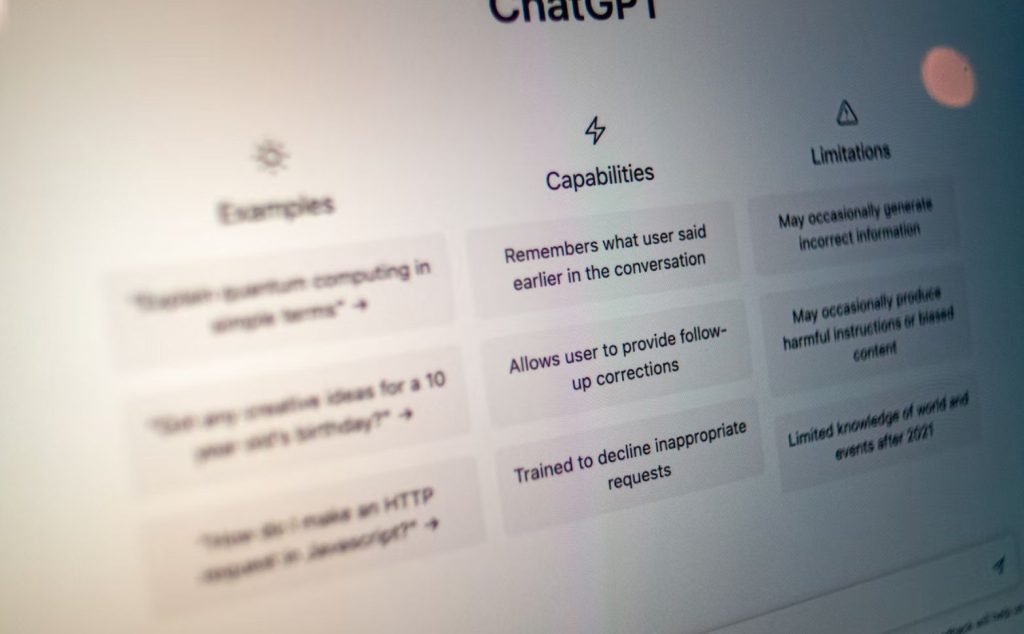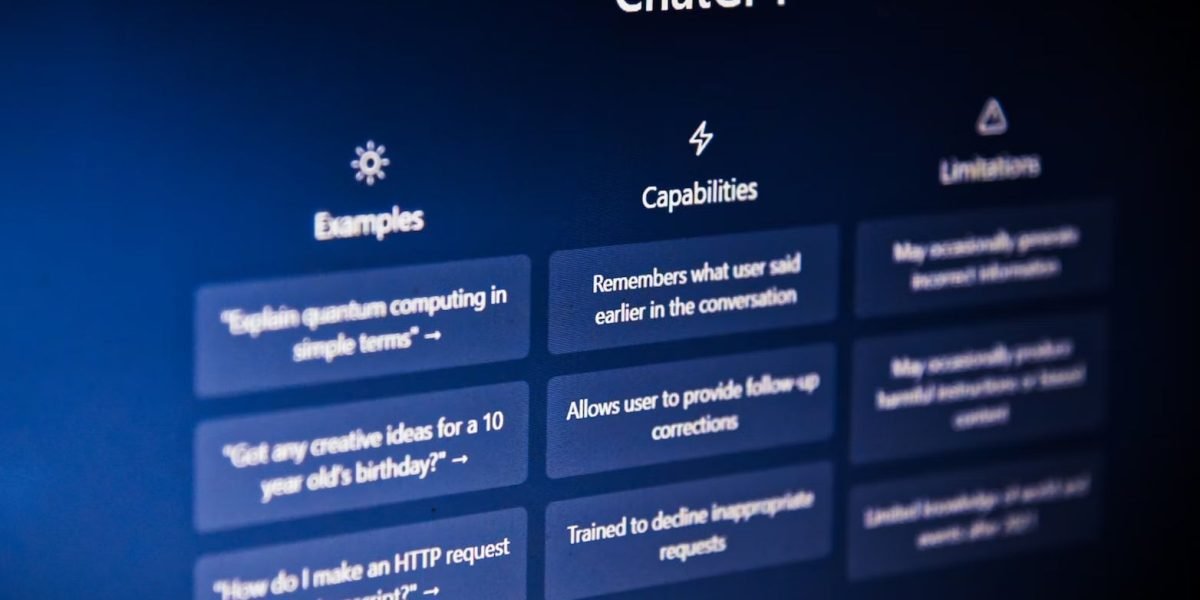ChatGPT 4 is the latest iteration of the popular language model developed by OpenAI. As with previous versions, ChatGPT 4 is a neural network-based model that is trained on a massive dataset of natural language text to generate human-like responses to user input.
However, ChatGPT 4 represents a significant improvement over its predecessor, ChatGPT 3, in several key areas. In this guide, we will explore the improvements made to ChatGPT 4 and what they mean for the future of natural language processing.
Increased Model Size
One of the most significant improvements in ChatGPT 4 is the increase in model size. ChatGPT 3 was already an enormous model, with 175 billion parameters. However, ChatGPT 4 takes this to the next level, with a staggering 230 billion parameters.
The increase in model size has several benefits. First and foremost, it allows ChatGPT 4 to generate even more accurate and human-like responses to user input. With more parameters, the model is better able to capture the nuances of human language and generate more nuanced and sophisticated responses.
In addition, the increase in model size also allows to handle more complex tasks, such as language translation and summarization, with greater accuracy and efficiency. This has important implications for a wide range of applications, from customer service chatbots to language learning tools.
Improved Training Data
Another significant improvement in ChatGPT 4 is the use of improved training data. While ChatGPT 3 was trained on a massive dataset of natural language text, there were still limitations to the quality and diversity of the data.
With ChatGPT 4, OpenAI has made a concerted effort to improve the quality and diversity of the training data. This includes not only using a larger dataset but also filtering out low-quality data and adding new sources of high-quality data.
The result is a model that is better able to capture the nuances of human language and generate more accurate and sophisticated responses. This has important implications for a wide range of applications, from customer service chatbots to language learning tools.

Better Fine-Tuning Capabilities
Another significant improvement is the better fine-tuning capabilities. Fine-tuning refers to the process of adapting a pre-trained language model to a specific task or domain.
While ChatGPT 3 was already able to be fine-tuned for specific tasks, ChatGPT 4 takes this to the next level. The model has been specifically designed to make fine-tuning easier and more efficient, with a range of new tools and capabilities to support this process.
This means that developers and researchers can more easily fine-tune ChatGPT 4 for specific tasks, such as customer service chatbots or language learning tools. This has important implications for the development of new natural language processing applications and the advancement of the field as a whole.
Improved Efficiency
Finally, ChatGPT 4 is also more efficient than its predecessor. This means that it is able to generate responses more quickly and with less computational resources.
The increased efficiency has several benefits. First and foremost, it means that the model can be used in real-time applications, such as chatbots and virtual assistants, without sacrificing performance.
In addition, the improved efficiency also means that it is more accessible to researchers and developers who may not have access to massive computational resources. This has important implications for the democratization of natural language processing and the advancement of the field as a whole.
Conclusion
In conclusion, ChatGPT 4 represents a significant advancement in the field of natural language processing. With an increase in model size, improved training data, better fine-tuning capabilities, and improved efficiency, ChatGPT 4 is able to generate more accurate, nuanced, and human-like responses to user input. These improvements have important implications for a wide range of applications, from customer service chatbots to language learning tools.
Furthermore, ChatGPT 4’s advancements in fine-tuning capabilities make it more accessible and easier to adapt to specific tasks or domains, allowing for the development of more specialized and effective natural language processing applications.
Overall, ChatGPT 4’s improvements over ChatGPT 3 signify the continued progress in natural language processing and provide a promising glimpse into the future of human-machine communication. As the field continues to advance, we can expect to see even more sophisticated and innovative natural language processing applications that will revolutionize the way we interact with technology.
Frequently Asked Questions
How does ChatGPT 4 differ from ChatGPT 3?
ChatGPT 4 features an increase in model size, improved training data, better fine-tuning capabilities, and improved efficiency compared to ChatGPT 3.
How does the increased model size benefit its performance?
The increase in model size allows ChatGPT 4 to generate even more accurate and human-like responses to user input, and handle more complex tasks with greater accuracy and efficiency.
What efforts were made to improve the training data?
OpenAI made a concerted effort to improve the quality and diversity of the training data for ChatGPT 4 by filtering out low-quality data and adding new sources of high-quality data.
What are the benefits of ChatGPT 4’s better fine-tuning capabilities?
The better fine-tuning capabilities of ChatGPT 4 make it easier and more efficient to adapt the model to specific tasks or domains, such as customer service chatbots or language learning tools.
How does ChatGPT 4’s improved efficiency benefit its performance?
The improved efficiency of ChatGPT 4 means that it is able to generate responses more quickly and with less computational resources, making it more accessible to researchers and developers.
What are some potential applications for ChatGPT 4?
ChatGPT 4 has potential applications in a wide range of fields, including customer service chatbots, virtual assistants, language translation, and summarization.
How does this signify the continued progress in natural language processing?
ChatGPT 4’s advancements in natural language processing signify the continued progress in the field and provide a promising glimpse into the future of human-machine communication.
How does the advancement of natural language processing benefit society?
The advancement of natural language processing has important implications for a wide range of applications, from healthcare to education, and has the potential to improve efficiency, accessibility, and accuracy in many areas.
What can we expect from the future of natural language processing?
As the field of natural language processing continues to advance, we can expect to see even more sophisticated and innovative applications that will revolutionize the way we interact with technology and each other.











